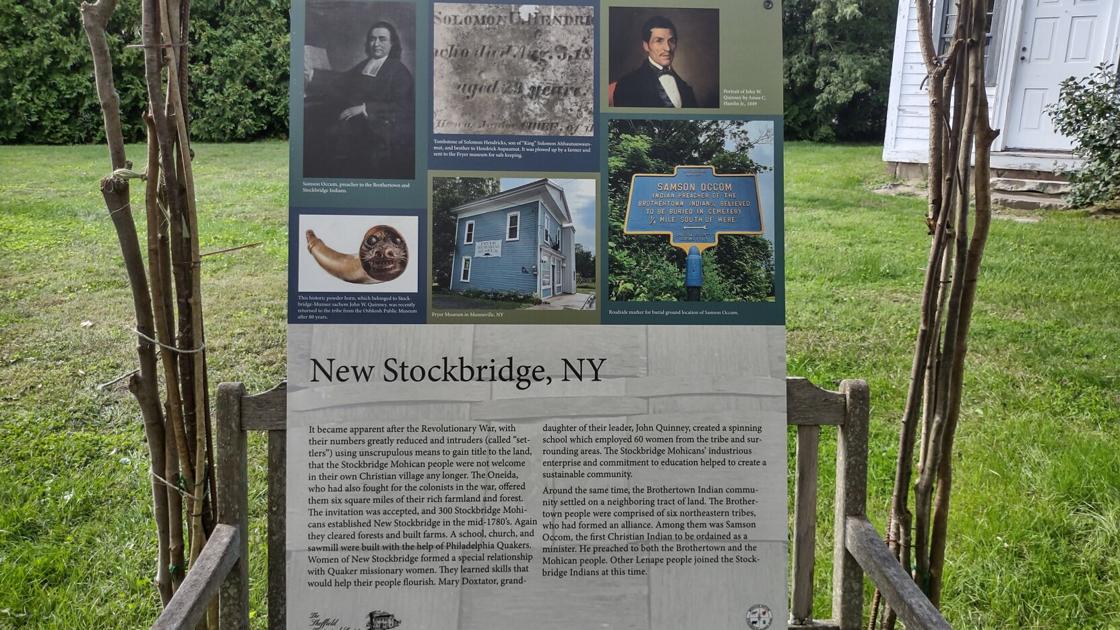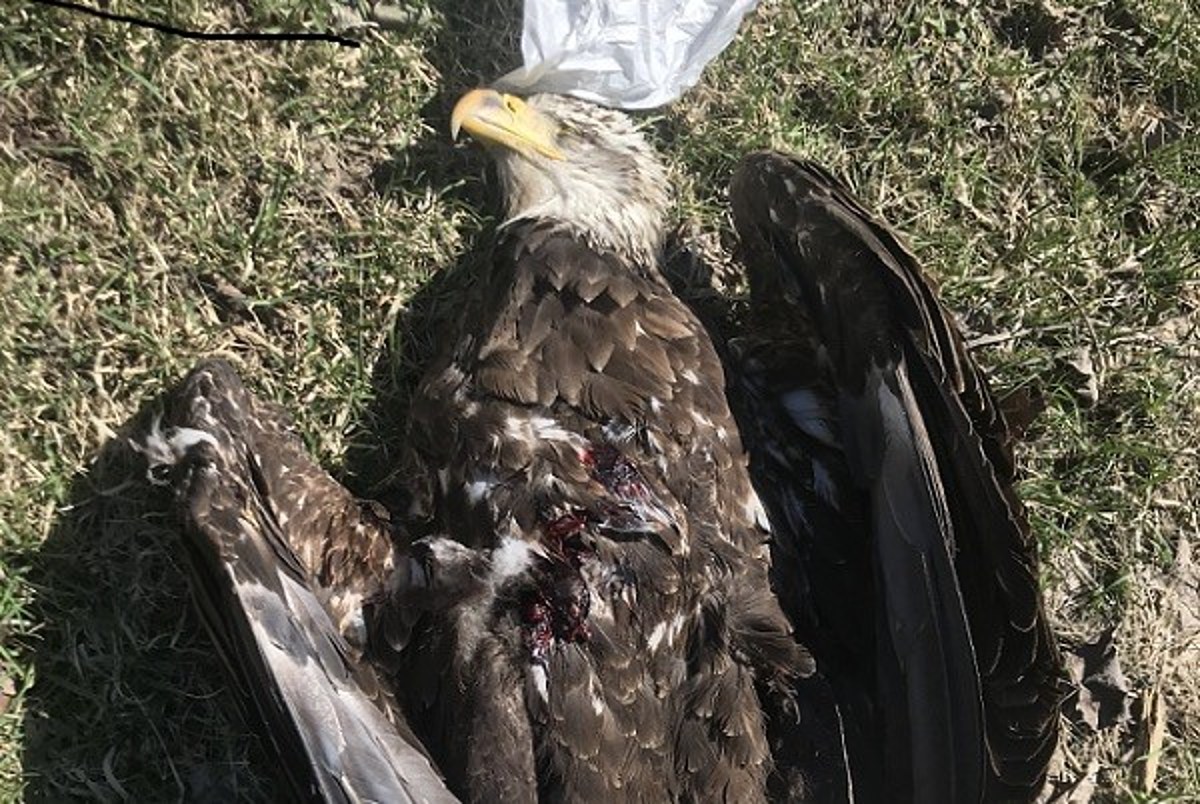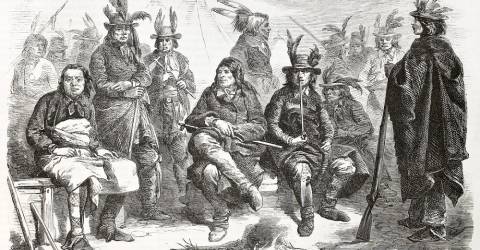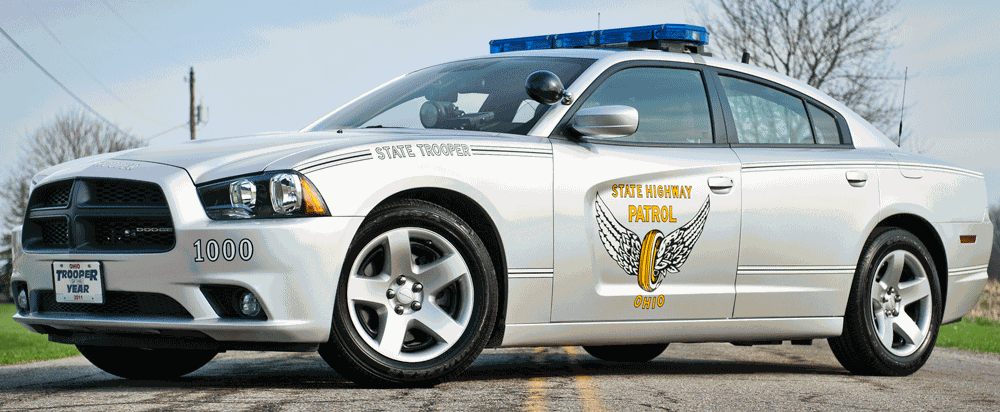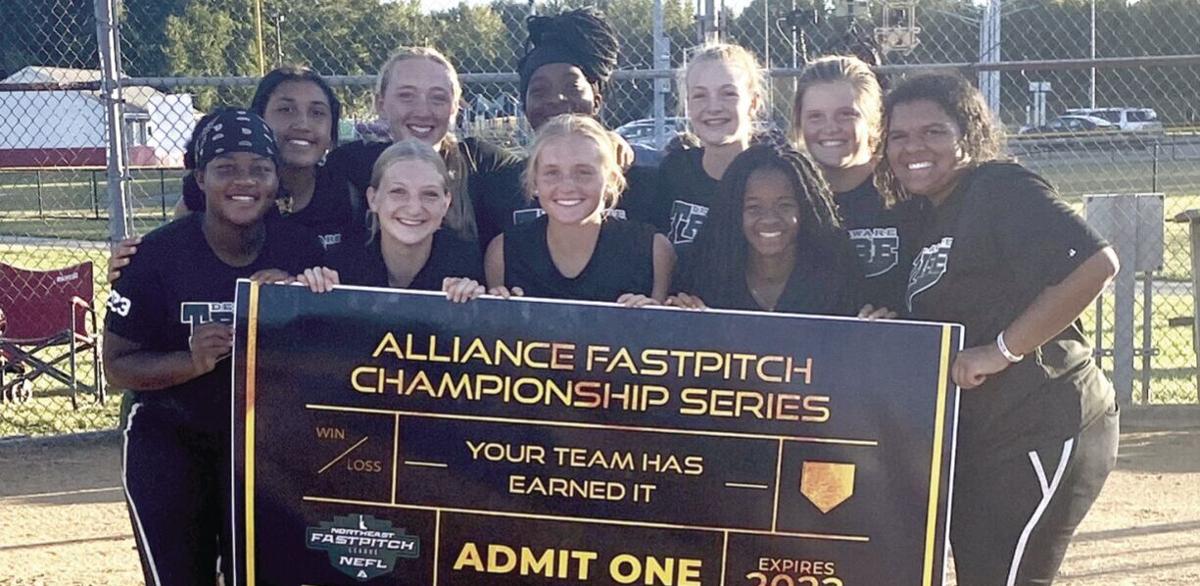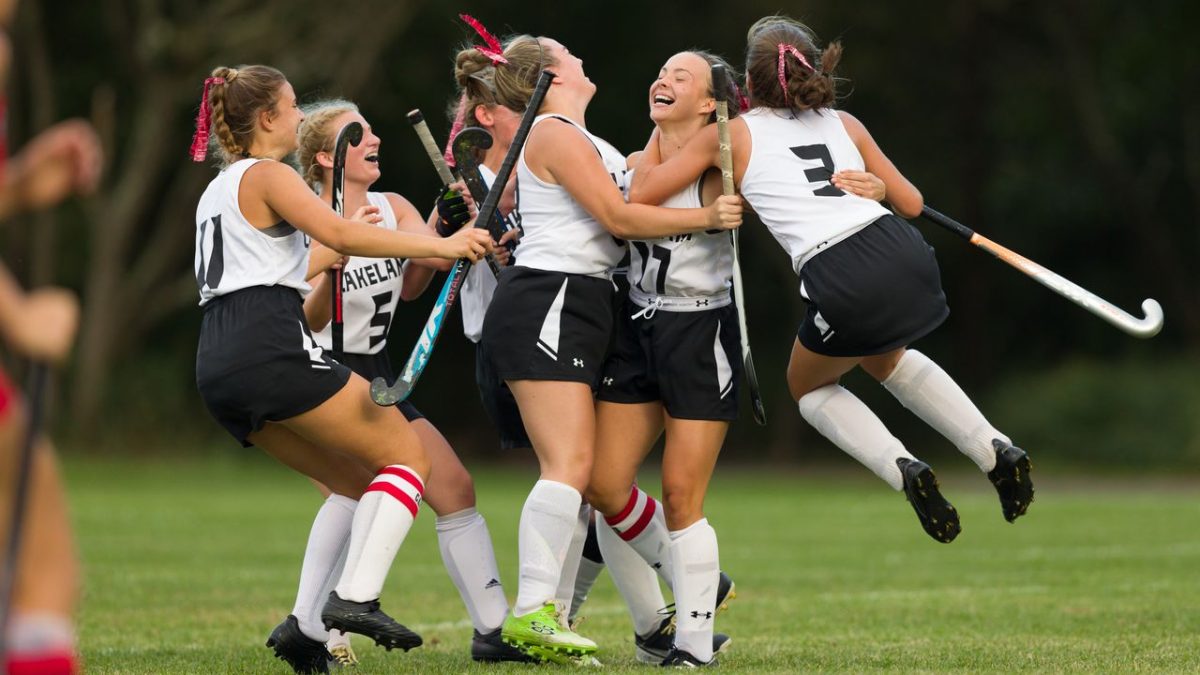SHEFFIELD — The Stockbridge-Munsee Band of Mohicans wants you to know their story. And they want to be the ones telling it to you.
Their latest effort, “The Mohican Journey: Homelands, History and Hope,” an outdoor exhibit on display through Monday, Oct. 11, is the result of a nearly yearllong collaboration of the Stockbridge-Munsee community, the Sheffield Historical Society and the art department at Mount Everett Regional School.
If You Go
“The Mohican Journey: Homelands, History and Hope”
What: An interactive, multimedia exhibit that breaks down the history of the Muh-he-con-ne-ok, the “people of the waters that neve stand still.”
When: 11 a.m. to 4 p.m., Oct. 2, 3, 9, 10 and 11
Where: Sheffield Historical Society, 159 Main St., Sheffield
Information: 413-229-2694, sheffieldhistory.weebly.com
“Exhibits like [Sheffield’s] allow us to be able to tell our history our way and in truth. There is no sugar-coating history in Indigenous history. Removal happened. Genocide happened. Loss of language, tradition and culture happened,” said Heather Bruegl, former director of Cultural Affairs for the Stockbridge-Munsees, in an email to The Eagle.
“The Mohican Journey,” is one of four Berkshire exhibits on display regarding the Stockbridge Mohicans. Three other exhibits about the Stockbridge-Munsees include: The Berkshire Museum’s “Muh-he-con-ne-ok: The People of the Waters That Are Never Still,” an exhibit curated by the Stockbridge-Munsee community; “Deeds of our Past: Stockbridge Indian Lands and Colonial Bonds,” an exhibit of biographies and translations of deeds at the Stockbridge Library; and “Mohican Miles,” at the Mission House Museum.
The reliance on local organizations with an open mind is the kind of partnership that ensures, “the outcome accurately reflects Stockbridge-Munsees’ voice,” said Bonney…
